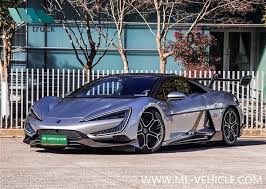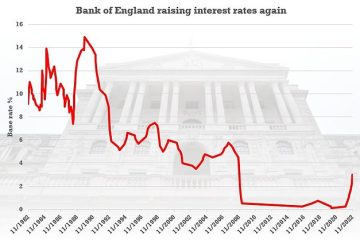The Rise of BYD Cars in the Electric Vehicle Market

Introduction
In recent years, the electric vehicle (EV) market has witnessed rapid growth, driven by the demand for cleaner transportation solutions. Among the manufacturers leading this shift is BYD (Build Your Dreams), a Chinese automotive giant that has quickly gained recognition for its innovative electric cars. As nations worldwide commit to reducing carbon emissions and transitioning to sustainable energy, BYD cars are becoming increasingly relevant in the global automotive landscape.
BYD’s Technological Innovations
Founded in 1995, BYD initially started as a battery manufacturer before entering the automotive sector in 2003. The company’s unique position in battery technology has allowed it to develop cutting-edge electric vehicles that cater to diverse consumer needs. BYD cars are equipped with the latest advancements in battery technology, including lithium iron phosphate batteries, which are known for their safety and longevity.
In 2023, BYD launched several new models, including the BYD Han, Tang, and Dolphin, which have received positive reviews for their performance, range, and affordability. The Han sedan offers an impressive range of up to 605 km on a single charge, making it an attractive option for EV drivers. The Tang SUV has also made waves in both the domestic and international markets, appealing to consumers looking for a family-friendly, environmentally conscious vehicle.
Global Expansion and Market Influence
BYD’s commitment to sustainability extends beyond electric cars. The company is also a leading manufacturer of electric buses and trucks, which have been deployed in numerous cities worldwide. As of 2023, BYD vehicles are available in over 50 countries, and the brand has rapidly expanded its presence across Europe, Latin America, and Southeast Asia.
In the UK, BYD has begun to establish a foothold, with recent partnerships aimed at increasing availability and infrastructure support for charging stations. The growing interest in BYD cars signifies a shift in consumer preferences as more individuals look for reliable EV options amidst rising fuel prices and increasing environmental awareness.
Conclusion
As BYD continues to innovate and expand its footprint in the automotive industry, the relevance of its electric cars cannot be overstated. With the global automotive market increasingly leaning towards electrification, BYD’s strategies may serve as a blueprint for other manufacturers aiming to capture the EV market. For consumers, the rise of BYD cars presents a promising future where sustainable transportation becomes more accessible, reliable, and mainstream.









